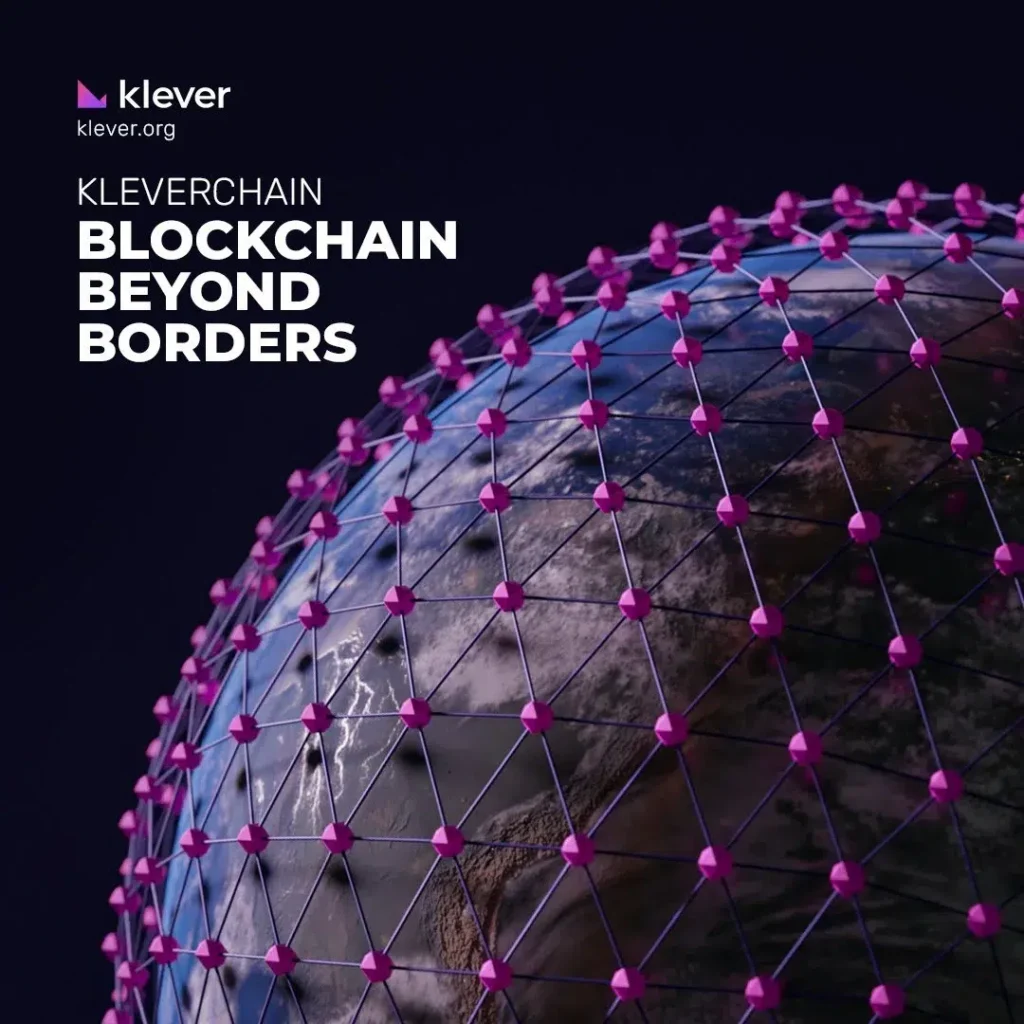
In the digital age, terms like ‘blockchain’ and ‘cryptocurrency’ have taken center stage. But what do they mean, and why are these concepts important? This concise guide aims to clarify blockchain technology, focusing its significance, applications, and common misconceptions, all while distinguishing it from crypto. So, let´s dive in.
What is Blockchain?
Blockchain, at its essence, is a form of distributed ledger technology. It’s like a tower of Lego blocks, where each block contains transaction data. These blocks are linked together using advanced mathematical codes, known as cryptography. This unique structure guarantees decentralization, security, and transparency.
To understand the transparency of it, imagine a public mural where everyone can write a message for all to see. Just like how you can’t change someone else’s message on the mural without everyone noticing, in a blockchain, every participant, also known as a ‘node’, has a copy of the entire chain. Any change to the data in a block requires agreement from all nodes, making it nearly impossible to alter information without detection.
In a blockchain system, nodes function as servers. They are responsible for keeping the entire chain operational by leveraging the computing power of their respective machines. This essential role contributes significantly to the overall security and functionality of the network.
An essential aspect of blockchain technology is cryptographic hashing. Each block is connected to the previous one through a cryptographic hash, a unique string of characters. This hash is sensitive to any changes in the block’s data, adding another layer of security to the blockchain.
How does Work?
When a transaction occurs, the system groups it with others into a ‘block’.
Miners then validate these transactions through a process called ‘proof-of-work’ – (PoW) – solving complex mathematical problems.
Once a block is validated, it’s added to the blockchain. This process, seen in Bitcoin and Ethereum networks, ensures security and transparency, as altering a block would require changing all subsequent blocks, which is computationally impractical.
In a broader sense, miners play a critical role in maintaining the network’s integrity. They compete to solve a mathematical problem using their computational power, and the first one to solve the problem gets to add the new block to the blockchain and is rewarded with a certain amount of cryptocurrency.
This incentive system encourages participation in the network.
Applications of Blockchain Technology
Beyond cryptocurrencies, blockchain technology has wide-range applications. Smart contracts, self-executing contracts with the terms directly written into code, are a key feature of the Ethereum network.
It is also used in supply chain management for traceability and transparency. For instance, it can provide a verifiable, transparent track record of a product’s journey from manufacture to sale, helping to prevent fraud and counterfeiting.
In finance, blockchain could revolutionize transactions, making them faster, cheaper, and more secure. Klever is an example of a network enjoying blockchain’s potential in new ways.
Blockchain vs Cryptocurrency
While often used interchangeably, blockchain and crypto are distinct. Cryptocurrencies, like $BTC, $ETH, $KLV, for example, are digital assets used as mediums of exchange, while blockchain is the underlying technology enabling the existence of these cryptos and many other applications. It’s crucial to understand that blockchain technology allows cryptocurrencies to function without a central authority.
The decentralized nature of blockchain networks allows the network itself to confirm transactions, rather than a third party like centralized banks or payment entrance. It is the foundation of Klever’s crypto wallet, K5.
Dispelling Blockchain Myths
Many people often misunderstand blockchain technology, particularly regarding the environmental impact of its operation. It’s a myth that all blockchain technologies are energy-intensive.
The reality is, there are more sustainable alternatives within the blockchain ecosystem.
One such example is Klever Blockchain. Unlike some networks that use energy-consuming proof-of-work (PoW) systems, Klever operates on a Proof-of-Stake (PoS) system, which is a more energy-efficient method of verify transactions and creating new blocks.
We carefully rolled out Klever in phases to ensure stability and secure operations.
The initial phase saw the Klever Foundation operating all network validators. Following this, we introduced numerous features, including the ability to send and receive Klever’s own KLV (Mainnet) coins and KDA tokens, as well as the launch of an on-chain NFT platform and staking capabilities.
Later stages saw the release of the Klever Web Extension, providing millions of users with continuous access to the Klever ecosystem through various web browsers.
In the final phase, we activated more functions on Klever’s crypto wallet K5, such as staking, swapping, browser integration, and NFT listings. We also invited external validators to join the consensus on Klever Blockchain during this phase.
The Significance

Blockchain’s impact extends to privacy, clarity, security, and decentralization. It eliminates the need for intermediaries in transactions, offering potential cost and efficiency benefits. As it evolves, its potential for disruption across industries grows. For example, in finance, it could enable peer-to-peer transactions without the need for banks.
In content creation, it could allow artists to sell their work directly to consumers, bypassing traditional publishing or distribution channels.
Explore the potential of it as a service with Klever, a platform designed to make it accessible to all.
>Blockchain technology, while complex, holds immense potential.
By understanding what it is, how it works, and its applications, we can navigate the digital landscape more effectively.
To start this journey, consider exploring Klever, a low-code blockchain platform, as it can provide an accessible entry point into this transformative technology.
It’s crucial to continue learning, dispelling misconceptions, and exploring blockchain’s future potential.
So, let’s embrace blockchain technology with Klever Blockchain, the technology poised to shape our digital future!